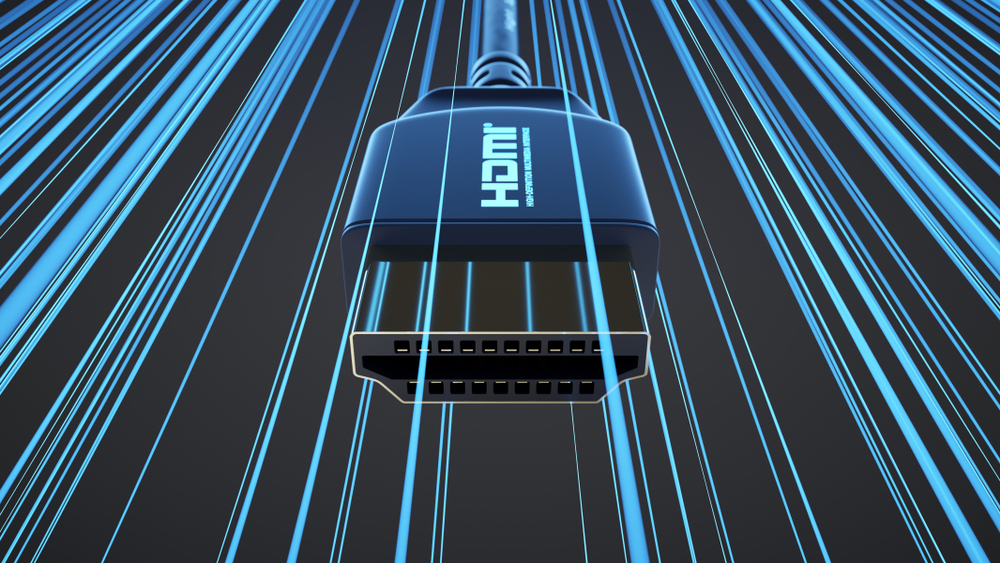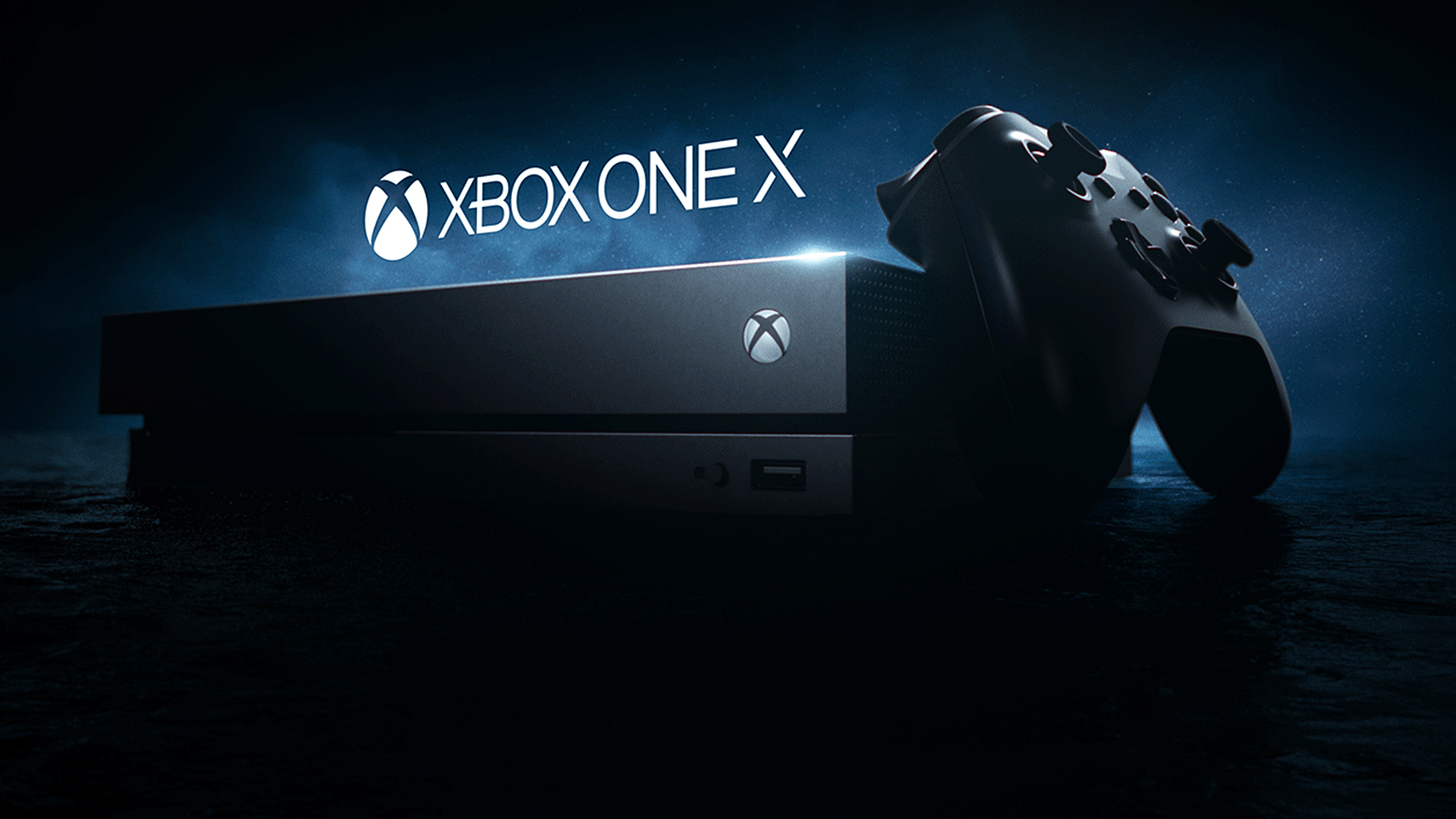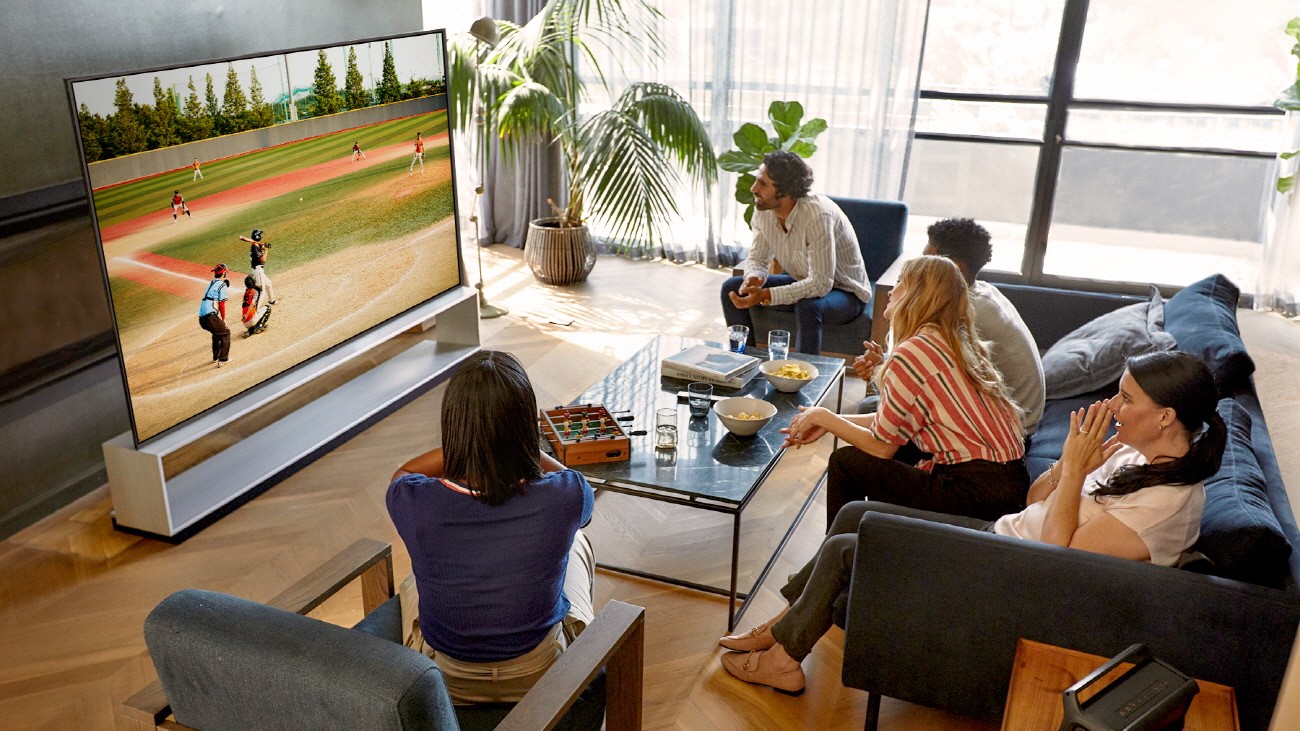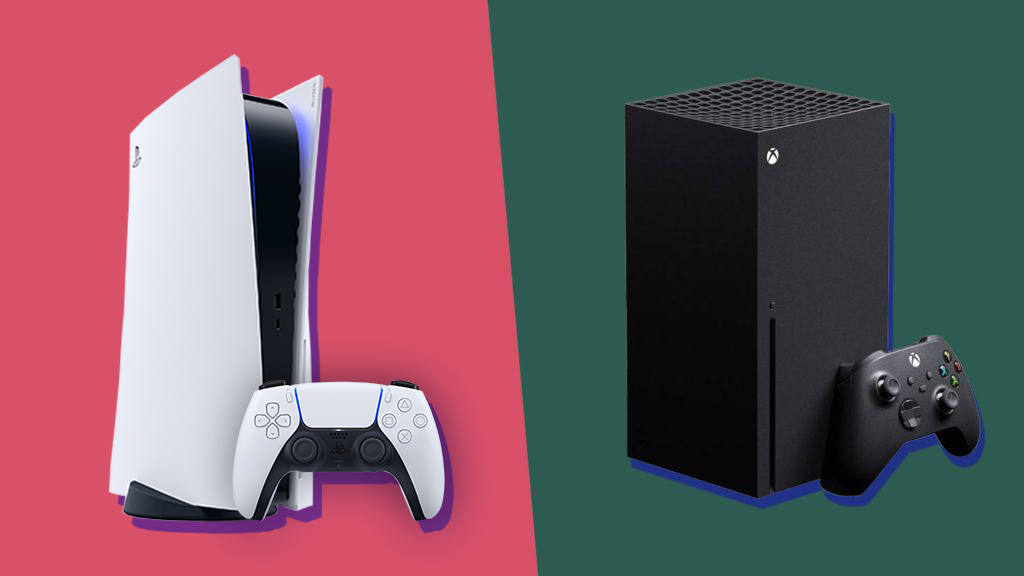PS5 and Xbox Series X-ready TVs: enjoy next-gen console games at their stunning best
Is your TV ready for the PS5 and Xbox Series X?

The launch dates for the two hotly-anticipated next-gen consoles are in. Microsoft's powerful next-generation console, the Xbox Series X ($499 / £449 / AU$749) will be here on November 10 2020. It’ll be swiftly followed by the PS5 or PlayStation 5 ($499.99 / £449.99 / AU$749.95), which will be available from November 12, 2020 (in select markets).
If you’re going to buy one of these new next-gen consoles, it’s time to make sure you’re prepared to show off their high-end capabilities in all of their glory with the right gaming TV.
With a state-of-the-art processor powering next-gen games, upped frame rates, and even 8K resolution thrown in for good measure, there are plenty of reasons to recommend these new consoles over the older PS4, PS4 Pro, Xbox One S, or Xbox One X machines.
Games will look better, play better, and offer larger and more expansive worlds for you to enjoy. But there’s a problem: unless you have the right equipment, you won't be seeing that much of an improvement over your current-gen gaming machines.
Sure, the introduction of an SSD should mean the end of long loading screens, which will be apparent no matter what resolution your home TV is capable of. But to really notice the ways that the PS5 and Xbox Series X are elevating home gaming, a common or garden cheap TV won't cut it.
For hardcore gaming enthusiasts, you might want to consider a dedicated gaming monitor. But if you’re after a home entertainment hub for all sorts of streaming, broadcast, and gaming activities in one handy screen, you'll want a TV that’s up to the task.
If you’re eyeing up a new television in the next few months, or wondering whether your current set will make the most of your new console before the PS5 and Xbox Series X hit the shelves, here’s everything you’ll need to consider.
Get daily insight, inspiration and deals in your inbox
Sign up for breaking news, reviews, opinion, top tech deals, and more.
Looking for where to buy PS5? Check out our dedicated page that's checking regularly for stock as the console is now available to buy, or sign up below for notifications on when PS5 pre-orders are in stock.
After an Xbox Series X or Xbox Series S instead? Keep an eye on our guides to where to buy Xbox Series X and where to buy Xbox Series S for all the latest information.
- Black Friday PS5 deals: what to expect
- Black Friday Xbox Series X deals: will there be stock in November?
- PS5 deals and bundles: will there be discounts in the future?
HDMI, old and new

The only thing you technically need in your TV is an HDMI 2.0 input. That’s the port, usually at the back or side of the television, that carries video and audio from a source device (like a 4K Blu-ray player or games console) to the television’s screen and speakers.
The HDMI 2.0 standard is the most common in televisions these days, and will serve the majority of gamers fine. But if you’re after a real jump in performance, there’s also HDMI 2.1.
HDMI 2.1 goes above and beyond, being compatible with 4K resolution video up to a frame rate of 120Hz (compared to 60Hz on the older standard), or even 8K resolution at 60Hz. The higher the frame rate, the smoother the action (as the image onscreen is refreshed faster).
New 8K TVs all carry the HDMI 2.1 standard out of necessity, given the 2.0 standard can’t support the higher video resolution.
HDMI 2.1 also supports VRR (variable refresh rate), which reduces image stutter and smooths motion by more fluidly changing the frame rate depending on what’s being displayed. It also helps to reduce power usage – a great thing for such energy-hungry machines.
- Best 8K TVs: the new displays changing the game for resolution
4K vs 8K gaming

Do you need to play in 8K? Probably not – and very few games will be able to run in 8K in the first year of the console’s lifespan. To start, 8K TVs will be able to do some basic upscaling to match the picture to their high-resolution screens, and we'll see half-measures in the coming years like the PS4 Pro's Boost Mode did for 4K play. But we're likely years off from seeing 8K gaming proper.
8K resolution is a relatively recent video resolution, with four times as many pixels as 4K (to a total of 33 million pixels). That’s a lot more visual detail, and potential for contrast and definition far beyond current-gen gaming.
But many people are still playing happily on HD screens, even as others make the shift to 4K. 8K gaming is a niche proposition at this point, and we wouldn’t recommend you bankrupt yourself with a shiny 8K set unless your wallet can really take a dent.
We’re likely to see a similar evolution to the inclusion of 4K gaming on current-gen consoles: certain games being optimized for play with the higher resolution, largely through post-launch software updates. Not many people will own 8K TVs by the end of 2020, and few developers are going to commit to crunch to get an 8K mode ready this soon – even if this could change in the coming years as 8K TV sales get even stronger.
HDR and color contrast

Just as important as video resolution, though, is the dynamic range. HDR (high dynamic range) offers a wider color gamut and is included in most 4K Ultra HD TVs, even if the quality of the HDR varies quite a lot.
Richer colors and increased contrast is doubly beneficial for the engine-generated worlds of video games, where being able to tell the difference in tone or shading between an enemy and their surroundings can be the difference between life and death (virtually, anyway). And don’t you want the glorious landscapes and ambient sunsets of Red Dead Redemption 2 to look their best?
And if you were wondering, the premium Dolby Vision and HDR10+ HDR standards aren’t used for game formats – so you can remove that from your decision process if you’re buying a new set.
Input lag

Perhaps the most important thing to consider with gaming TVs is the input lag. That’s the delay between you inputting commands through a controller and corresponding actions happening onscreen – basically, how fast the television can act on what you want to do in-game.
High input lag is terrible in video games, and likely to be an immediate death sentence for online multiplayer in games like Fortnite or Apex Legends.
As a ballpark figure, anything below 10ms should be considered above-par for a television. TechRadar's Computing Editor Matt Hanson tells us that gaming TVs should be striving for "as close to 0ms as possible, though in reality TVs with 6-13ms would be good."
What TV should I buy for the PS5 or Xbox Series X?
The bottom line is this: if you’re happy gaming on your current television, whatever the resolution, there may not be much need for you to upgrade the set to a state-of-the-art display. After all, you’re likely to be spending $500 / £500 / AU$750 on the console anyway.
That said, there’s never been a better time to get a 4K TV. PS5 games and Xbox Series X games will be designed with the expectation that more players are hooking the consoles up to an Ultra HD screen. 8K TVs, too, are an option, and may be a good way to futureproof for high-resolution gaming down the line, even if the benefits won’t be that substantial until later in the consoles’ lifespan.

Just make sure the input lag is a low, though, or there won’t be enough pixels in the world to calm your rage.
OLED TVs, too, tend to struggle more with outputting bright images – so for a high-end gaming TV, we'd usually recommend an LCD or QLED set, despite OLED's other advantages.
That wisdom is put into question, though, both by the excellent color contrast on OLED televisions, and the Nvidia G-Sync support coming to LG's 2020 OLEDs.
For the PS5, you won’t need a Sony TV per se, though we know the company is increasingly pushing a ‘One Sony’ mentality, where its various services and products work closely in tandem with each other. We’ve heard nothing about dedicated PS5 / Sony TV collaboration so far, but we’ll be sure to let you know if it happens.
We know Microsoft and Samsung are building up something of a partnership, and there may be small incentives down the line to invest in a Samsung TV too.
You can pick out some of the latest next-gen TVs here that are now available to buy:
Check out what's coming in 2020 with these TV product guides too:
- Sony TV 2020 guide
- Samsung TV 2020 guide
- Panasonic TV 2020 guide
- LG TV 2020 guide
- Philips TV 2020 guide
- Hisense TV 2020 guide
You might also want to check out the capabilities of HDMI on PS5.
Henry is a freelance technology journalist, and former News & Features Editor for TechRadar, where he specialized in home entertainment gadgets such as TVs, projectors, soundbars, and smart speakers. Other bylines include Edge, T3, iMore, GamesRadar, NBC News, Healthline, and The Times.
